Survios combat designer Mark Acero has highlighted Alien: Rogue Incursion‘s unique difficulty system as one of the elements he’s most proud of. He did so in a recent internal interview, which also saw him open up on several other aspects of Alien: Rogue Incursion.
Alien: Rogue Incursion is a first-person horror game for VR devices. It debuted on the Meta Quest 3, PlayStation VR2, and Steam VR on December 19.
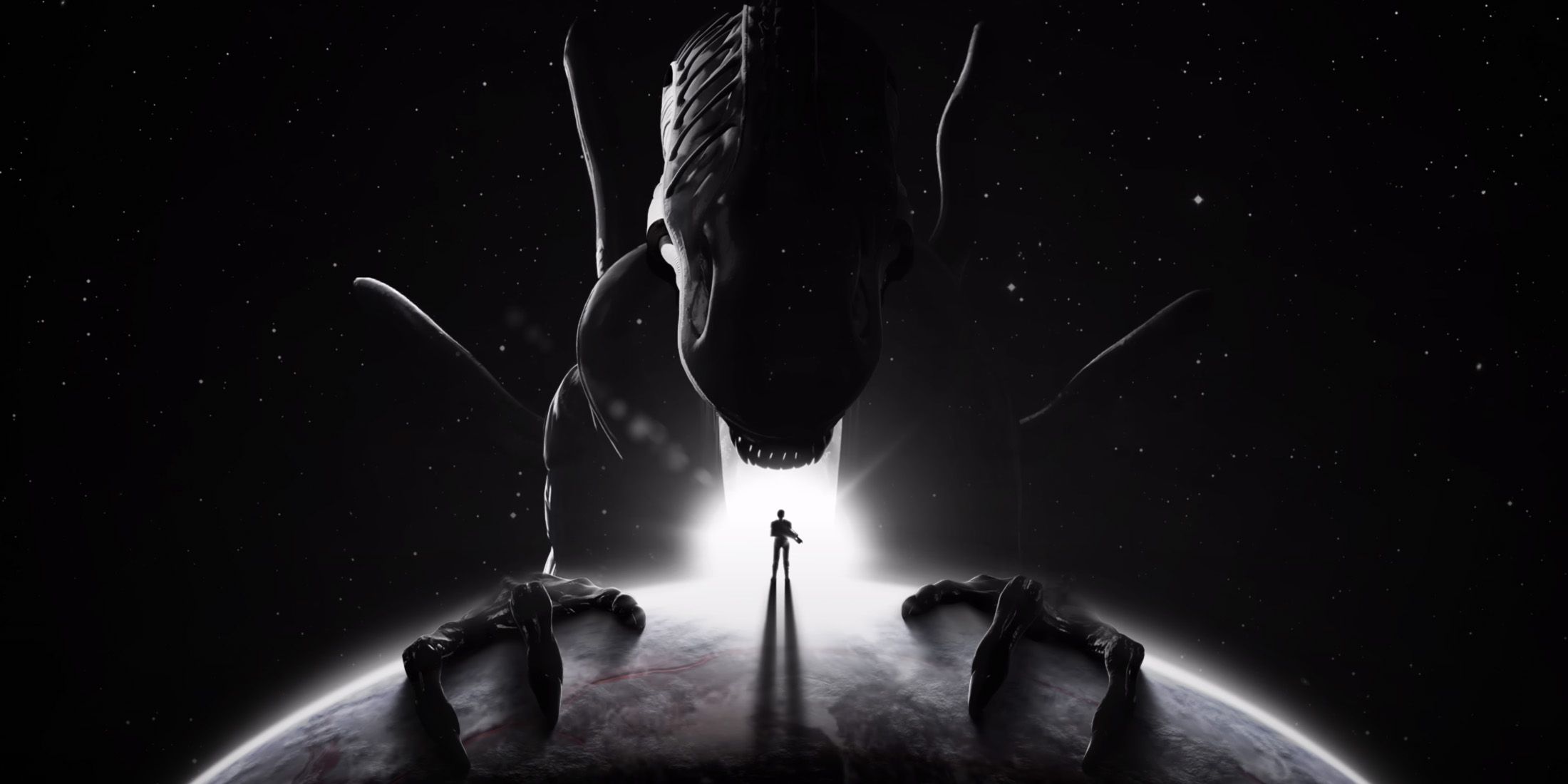
Related
Alien: Rogue Incursion Won’t ‘Pull the Same Tricks’ From the Films, Dev Says [EXCLUSIVE]
Alien: Rogue Incursion writer reveals how the upcoming game will seek to differentiate itself from the films that inspired it.
Following up on the game’s release, Survios Principal Combat Designer Mark Acero reflected on the game’s inspirations and difficulty system as part of an internal interview that Game Rant can now exclusively share.
Survios Combat Designer Talks Alien: Rogue Incursion Inspirations, Difficulty, and More
Q: What was the thought process behind designing Alien: Rogue Incursion, and what were the key challenges in staying true to the Alien franchise while adapting it specifically for VR?
A: One of the game’s pillars is “you must respect the Xenomorphs”. For combat, this was the primary objective. The player must fear them. If they didn’t, it wouldn’t feel like playing in the Alien universe. So they had to be lethal, unpredictable, and tactical. To display their capabilities and behaviors as accurately as possible.
So, when you add the VR element to Xenomorphs in gameplay, that means combat is truly 360. Their ability to crawl and pounce from walls and ceilings, their ability to ambush or attack from behind and their uncanny ability to hide in plain sight, means the player is never safe.
Q: How did the design process for Alien: Rogue Incursion differ from PC/Console games, particularly when it comes to mechanics and player interaction in a VR environment?
A: What’s true to the Alien universe? What’s realistic in the world we live in? How can we achieve our goals but in ways that bring more physical immersion? What and how do we make those actions feel good?
I think reloading is a great example of that. We could have decided reloading is a button press. But instead we make you take all the realistic steps it would take. Take the rifle, eject the clip, grab a new one, slam it in, pull the pin to chamber the bullet. Each gun has different ways of emptying and loading their bullets. So VR brings out the immersion and presence more than traditional flat screen games and in Alien: Rogue Incursion’s case, physically reloading your guns, doing the action the character must do, helps bring you into the Alien world and makes it “real”.
One of the game’s pillars is “you must respect the Xenomorphs”.
Q: What kind of things inspired you to design Alien: Rogue Incursion? Was there a specific movie, comic book, or a form of media from the franchise that stood out to you when designing this game?
A: The Alien and Aliens movies were my strongest inspirations. I tended to reference Alien for how Xenomorphs behave to induce fear. As proof, they don’t behave like mindless killers that attack in a frenzy. Instead, they take their time with their prey and slowly move inches from them, before opening their mouths wide enough to showcase their inner mouth, slowly extending it before finally going for the kill with it. There is time to build fear.
The Aliens movie was heavily referenced for combat tactics, and how they behaved in group combat. One example I used was after Ripley crashed the armored vehicle to rescue the squad and how there was a Xeno just outside of it. How it stood perfectly still with gunfire and flamethrowers being fired and humans walking by it to reach the safety of the vehicle. It waited for the last human, private Drake, to be near it before it decided to finally make its move and ambush from behind.
Q: How did you approach the design to maintain a constant sense of horror and tension throughout the player’s experience? What specific techniques or gameplay elements did you use to ensure the fear factor was both immersive and impactful in VR?
A: The focus was the player’s experience and emotions, specifically building anticipation. What separates fear (and horror) from pop up fright? It’s anticipation of what’s coming and in some cases, the anticipation is worse than the source of the fear.
That’s why, in my opinion, the look and sound of the motion tracker is so iconic to the franchise. Fans of the franchise have been trained that the Xenmorphs are on the way. So the sound of the blips builds anticipation and fear. So gameplay was tuned to make sure there was time to build up anticipation. Yes there are cases of pop-up fright from an ambush, but other times, there will be plenty of warning before the player can see the Xenomorph, but they know they are there and coming.
What Survios has done for Alien: Rogue Incursion is change the Xenomorphs’ behavior between difficulty with the understanding of what increases the physical and cognitive challenges within gameplay.
Q: What aspects of the game are you most proud of, and how do you hope they will impact the player? How do you want players to feel after playing Alien: Rogue Incursion?
A: I’m most proud of the Xenomorphs. We spent the time and created the systems to make them shine. From their unique movement navigating the environment, attacks strategies, when and how they spawn into the world and detect the player. We want players to believe they are experiencing the same Xenomorphs they’ve watched in films or read in books and comic books. That the changing density and frequency of Xenomorph encounters makes the world feel real and that dangers lurks everywhere.
In particular, how we designed difficulty for the game. The lazy way of creating game difficulty is giving enemies more hit points and more damage. But, when you break it down, those two things don’t actually create more difficulty, instead they test the player’s ability to sustain a high level of gameplay execution. More hit points translates to needing more time to kill an enemy. The longer it takes to kill an enemy, the more likely it is for the player to get hit. The greater damage translates to less hits the player can receive before dying. Add them together and it challenges the player’s ability to sustain focus for extended times and not actually make the second to second of gameplay more difficult.
What Survios has done for Alien: Rogue Incursion is change the Xenomorphs’ behavior between difficulty with the understanding of what increases the physical and cognitive challenges within gameplay.
Zula’s primary means of dealing with Xenomorphs are her guns. Thus, as a shooter, we physically challenge the player’s ability to aim and hit their target. So we devised all the ways a Xenomorph could behave to make it more difficult to hit them. The greater the difficulty, the smaller the windows of opportunity the player has to hit them, before they get to the player. But it isn’t just about hitting the Xenomorph, where you shoot them matters. Some body parts take more damage than others, while other parts are better for knocking back or causing a hit reaction, all to buy the player more time to kill them, before they kill you.
Alien: Rogue Incursion is now available via Meta Store, PlayStation Store, and Steam, priced at $39.99. Survios is also offering a $49.99 Digital Deluxe Edition of the game, which comes with some bonus cosmetics.
![Rogue Incursion Dev Explains Game's Unique Difficulty [EXCLUSIVE]](https://esportvoice.com/wp-content/uploads/2025/02/Rogue-Incursion-Dev-Explains-Games-Unique-Difficulty-EXCLUSIVE-1600x800.jpg)

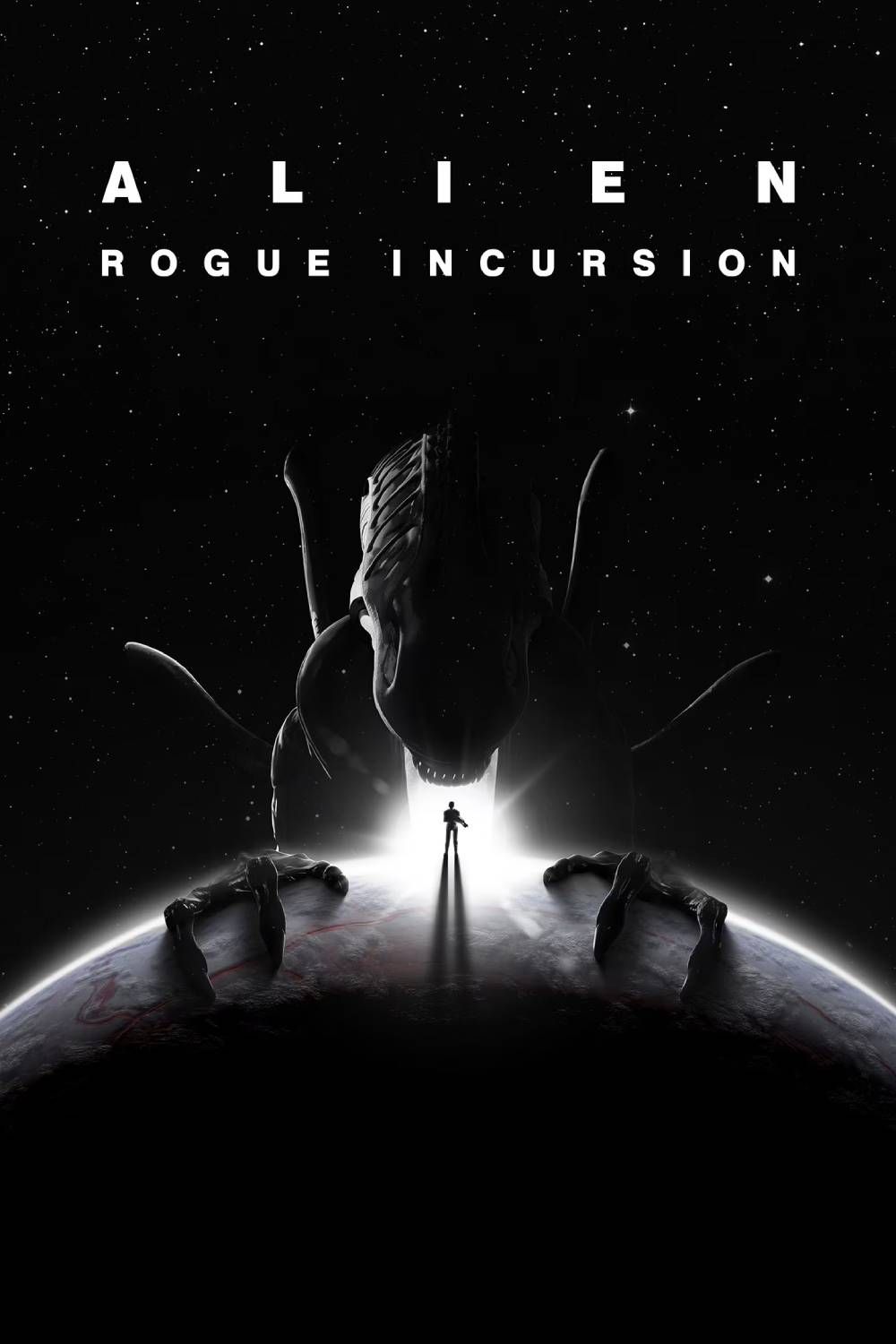


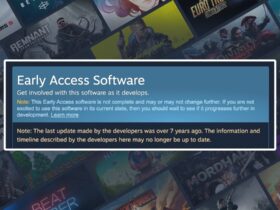

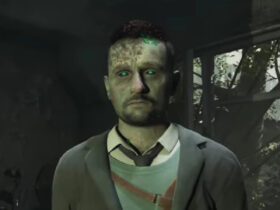




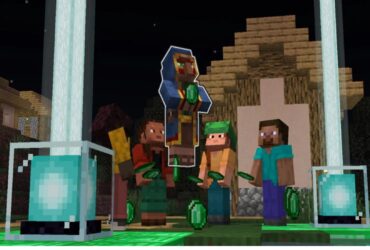

Leave a Reply